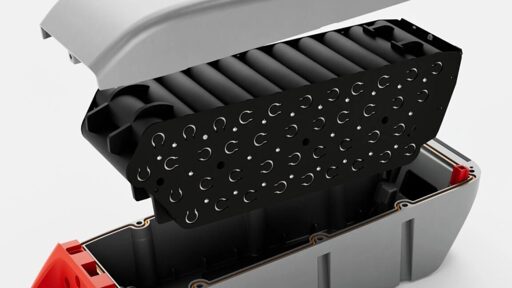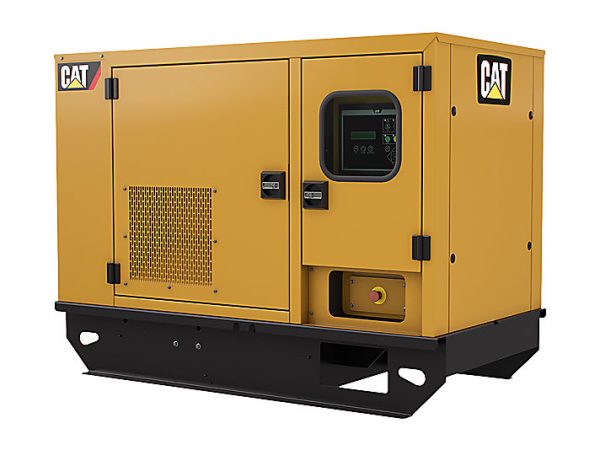i love the idea, but everything i know tells me that replacing one cell in a series parallel array with a fresh one is a bad idea.
over it’s life, a battery’s capacity and internal resistance change, so it’s not only important to match batteries in a pack by exact type, but also condition. otherwise, the cells won’t charge / discharge evenly, leading to overdischarge / overcharge, or, if managed by the bms, drastically reduced performance (basically all cells are limited to the worst one’s performance).
still, the concept is fantastic, so i hope they found a way to work around this issue!
As long as there’s an easy way to test the individual 18650s to identify which ones are unhealthy, this is brilliant.
I like the idea… I think it’s a terrible waste to have to toss things just because of a pooched battery pack that normally can’t be easily replaced. This would certainly help keep things from the landfills.
I hope it can happen with other things too eventually… like cordless tools. I have several drills that, while the drills themselves are in great shape, the batteries are cooked and in a lot of cases it’s cheaper to just buy a new drill than to replace the battery packs.
I really don’t think there are 18,650 batteries in a bicycle battery unit, unless they’re watch-battery size, and then I don’t see being able to replace individual ones, there’s probably 40 or 50 individual cells that are easily identified and replaceable.
I hate modern journalism, I wonder where they got the 18650 number
https://en.m.wikipedia.org/wiki/18650_battery
It is a classification, not a count of cells in the ebike battery.
The batteries measure 18 mm (0.71 in) in diameter by 65.0 mm (2.56 in) in length, giving them the name 18650.
Thanks for correcting me there!
I hate modern journalism, I wonder where they got the 18650 number
Literally the first line in the article links you to the relevant Wiki article.
You’re just looking for an excuse to hate.
/s maybe?
The first mention in the article was a link to wikipedia. Pretty safe to say this is a joke.
Lol






